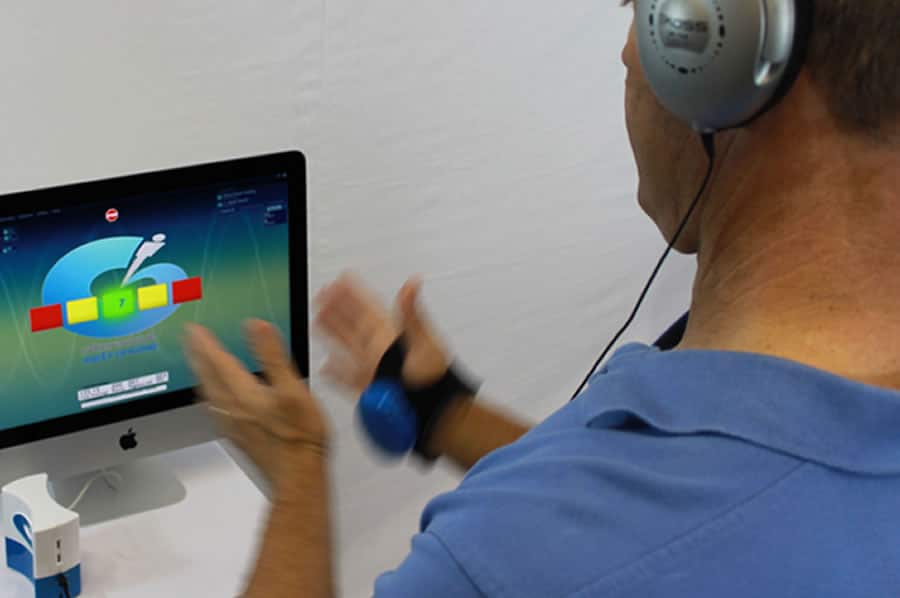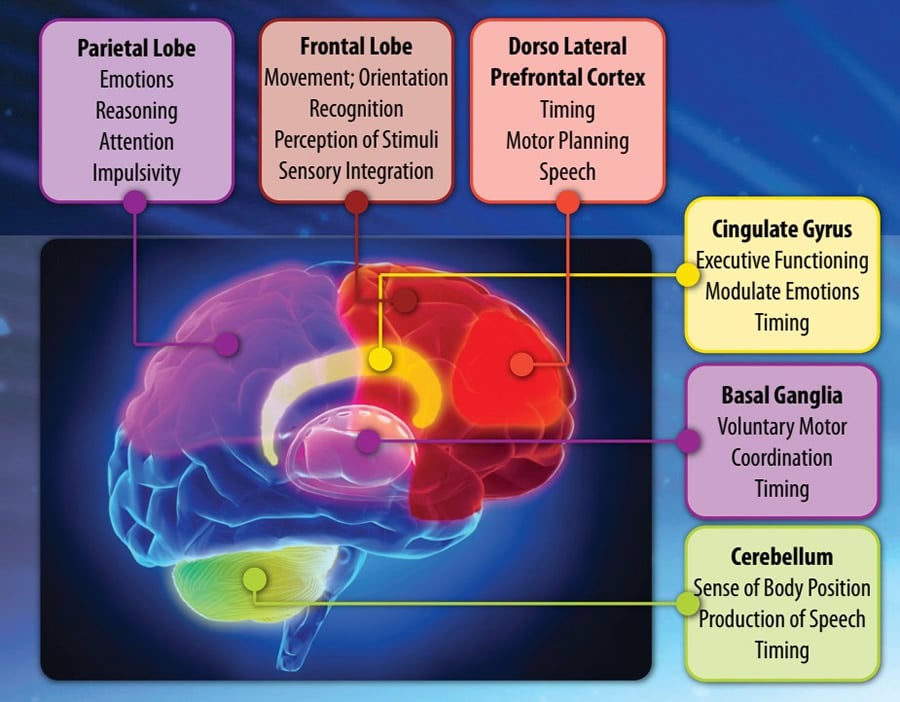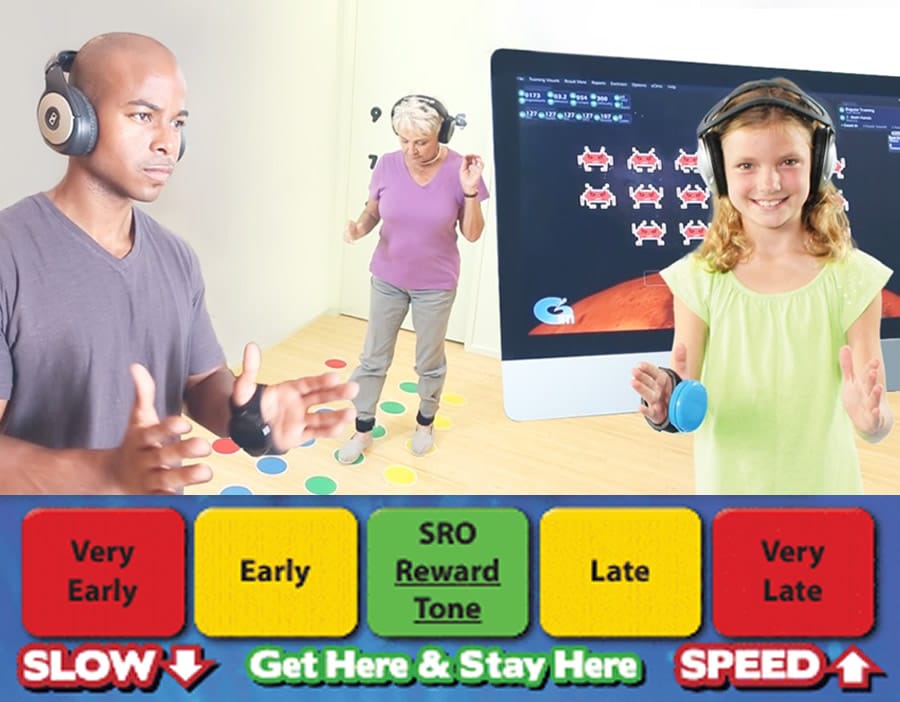Interactive Metronome
Interactive Metronome® (IM) is an evidence-based training and assessment tool. IM is shown to improve cognition, attention, focus, memory, speech/language, executive functioning, comprehension, as well as motor & sensory skills.
How Can it Help?
Because of the brain’s neuroplasticity — its ability to change — it is possible to “rewire” the brain to overcome learning disabilities and other processing disorders. Designed to help children and adults with developmental, learning and attention problems related to motor processing and sequencing challenges, IM training focuses on improving rhythm and timing, two critical factors in being able to plan and sequence your thoughts and actions.
IM is Evidence-Based
Peer reviewed studies consistently confirm that training on IM a few sessions per week improves attention, cognition, mental processing speed, speech-language issues, exectuive functions, motor coordination, memory attention, and more.

How Does IM Work?
How IM Affects the Brain
The Interactive Metronome® (IM) is an evidence-based, engaging therapeutic modality that increases and reconnects the neurological pathways in the brain. By increasing the efficiency of the brain both children and adults are able to improve many neurological conditions that affect cognitive and motor functions.
Evidence Based Training
The Interactive Metronome® (IM) challenges you to synchronize a range of whole body exercises to a beat. A score is provided in milliseconds. IM’s game-like features engage the client with auditory and visual guidance and provide real-time feedback while encouraging him/her to improve their scores.
Improves Timing
Impaired timing in the brain contributes significantly to impairments in many different skill areas. Research also supports the opinion that timing in the brain can be trained and improved through appropriate, targeted intervention.
Who Does IM Help?
Interactive Metronome® (IM) is used by 30,000 clinicians, hospitals and universities to treat pediatric and adult populations with ADHD, autism, traumatic brain injuries, strokes, sensory processing disorders, learning disabilities, developmental delays, speech-language issues, cerebral palsy, auditory processing disorders and dyslexia. It is also used to improve sports & athletic performance.
Pediatric Conditions
Adult Conditions


Training the Brain
The domain-general mechanism of timing is a “jack of all trades” mechanism that manifests itself in sleep cycles, speech patterns, overall efficacy of brain communication, and even memory.

